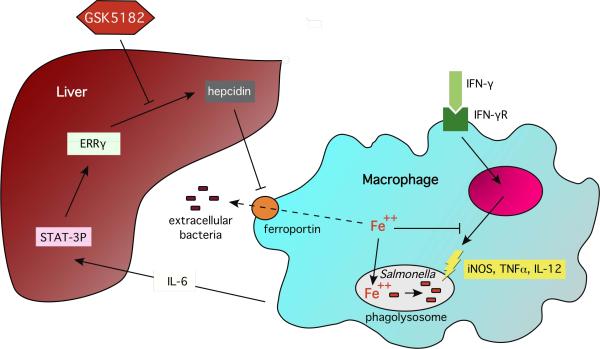Figure 1. Estrogen-Related Receptor γregulates host iron trafficking by inducing hepcidin formation in the liver.
ERRγ transcription is stimulated by interleukin-6 (IL-6) and the transcription factor STAT3. Hepcidin is released into the circulation and binds to the iron export protein ferroportin 1 (FP1), resulting in FP1 degradation and macrophage iron retention. This results in systemic hypoferremia butincreases access of the intracellular pathogen Salmonella to iron. The increase in macrophage iron levels alsoinhibitsinterferon-γ-dependent anti-bacterial immune responses. ERRγinhibition by the reverse agonist GSK5182 counteracts the effects of hepcidin on intra-macrophage iron availability and anti-microbial immune effector pathways but may increase the availability of iron to extracellular pathogens.

